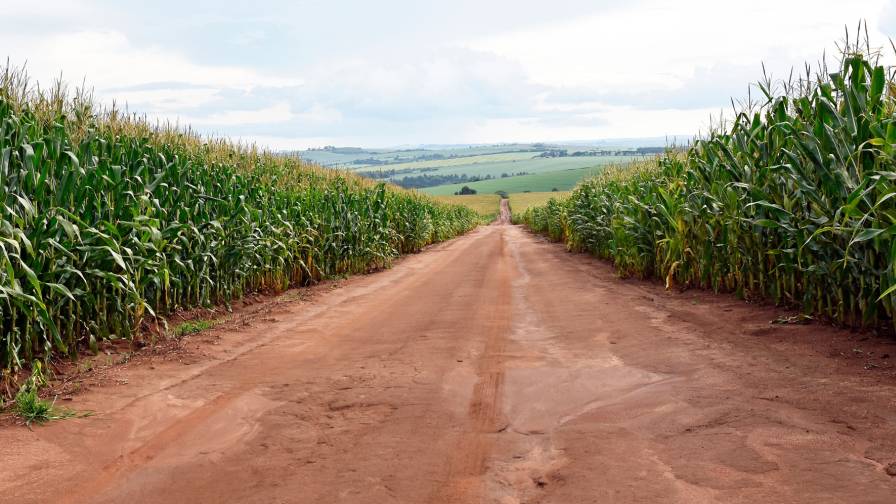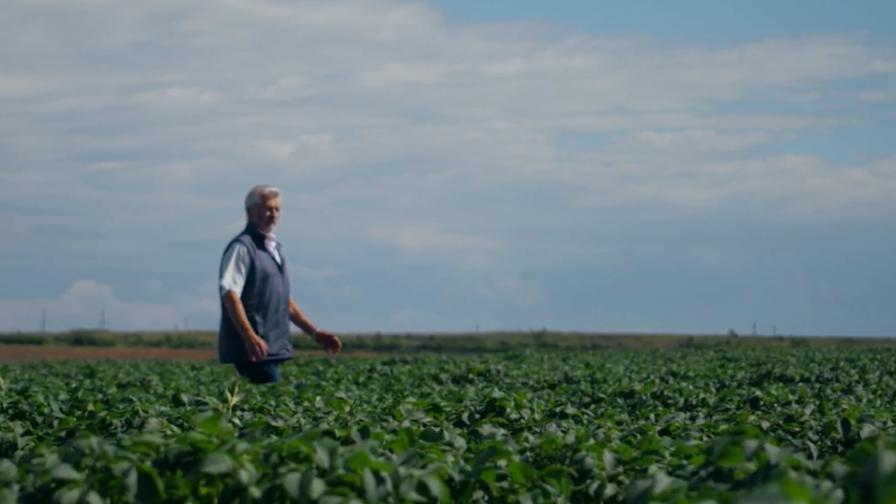Brazil: Cotton Recovers
Cotton is expected to be the first Brazilian crop to bounce back from several depressed seasons, according to a report from the US Department of Agriculture’s Foreign Agriculture Service(USDA-FAS).
Strong internal prices and an expected stable exchange rate have led farmers in Mato Grosso and Bahia to make plans to increase the cotton area in those states dramatically. The increase is significant enough that, even with a slight decrease in area in the south of the country, Brazil’s overall cotton area is expected to be up as much as 20%. FAS has increased its area projections for the 2006/07 season to 1.03 million hectares (Ha), from 856,000 Ha in 2005/06. Production is expected to increase to 6.1 million bales, up from 4.767 million bales in 2005/06.
The low production in 2005/06, which resultedg from low prices, drove up domestic prices. As a result, it was more appealing for producers to sell in the domestic market, putting at risk approximately 460,000 tons of already-signed export contracts. The Brazilian government decided to utilize PEPRO (Prêmio de Equalização pago ao Produtor), for which it had budgeted US $118.6 million in 2006 in order to allow the export contracts to be filled. PEPRO is a subsidy paid to a producer or cooperative to help sell their product. The amount paid is the difference between the reference price (based on the minimum guaranteed price) and the highest bid at the government auction. The recipient then has until a certain date to sell the product and provide proof to the government. By August 24, the government had spent US $97.95 million for 380.6 thousand tons of cotton. While significant, this figure is less than 1% of the value of the Brazilian crop, and therefore considered to be a de minimis domestic support expenditure under WTO rules. This program was very popular with the industry, which has requested that it be used again in 2007. To date, the government has not made a decision regarding the use of PEPRO in 2007.
The minimum guaranteed price for cotton was last changed before the 2003/04 crop. Except for a brief spike in prices in early 2006, the average monthly price of cotton has been below the minimum price since October 2004.
Reports indicate that farmers have already committed up to 60% of the future cotton crop in exchange for inputs (fertilizer and pesticide) to plant cotton, soybeans, and other crops this year. In addition, cotton is reported to be the one crop in Mato Grosso that will return a profit, leading farmers to plant cotton to cover losses in other crops.
As most of the 2006/07 production will be harvested towards the end of the trade year, exports from this crop will be made in the 2007/08 trade year.




